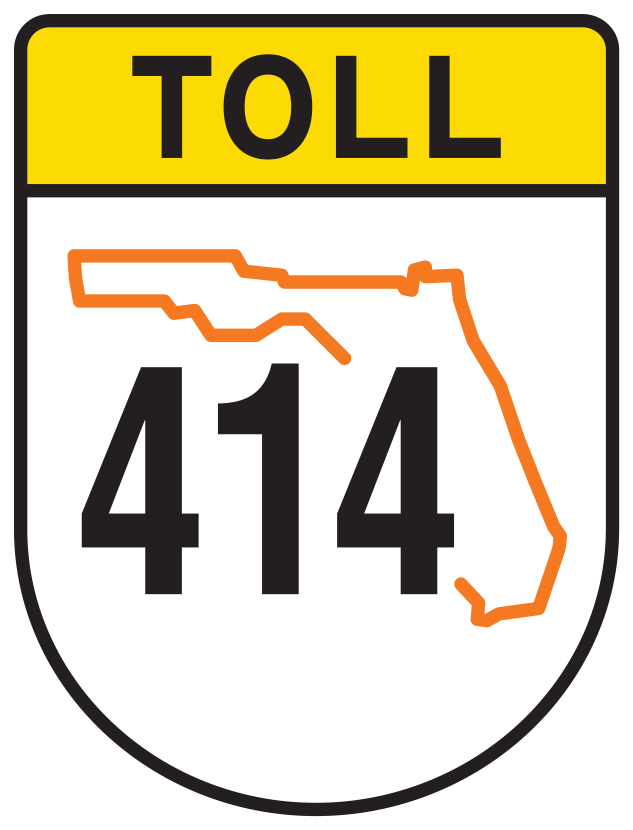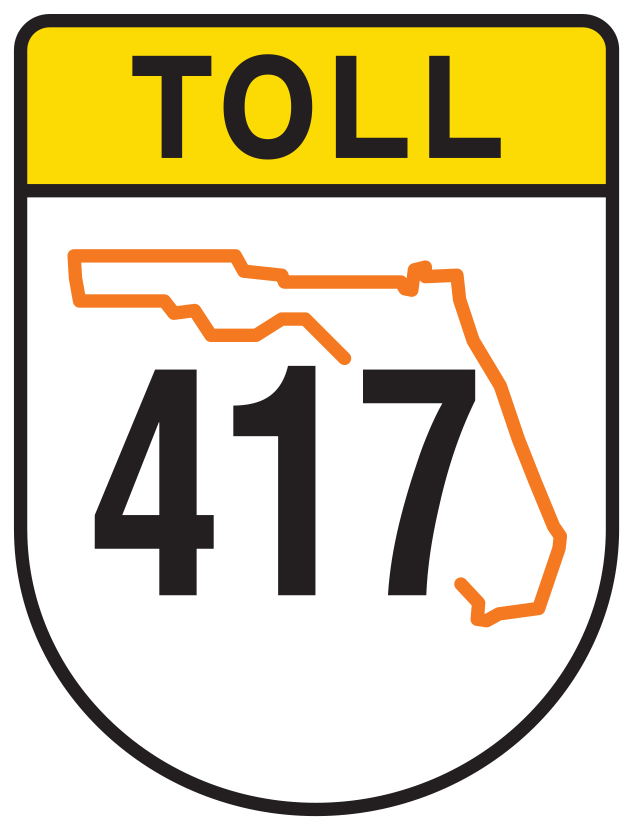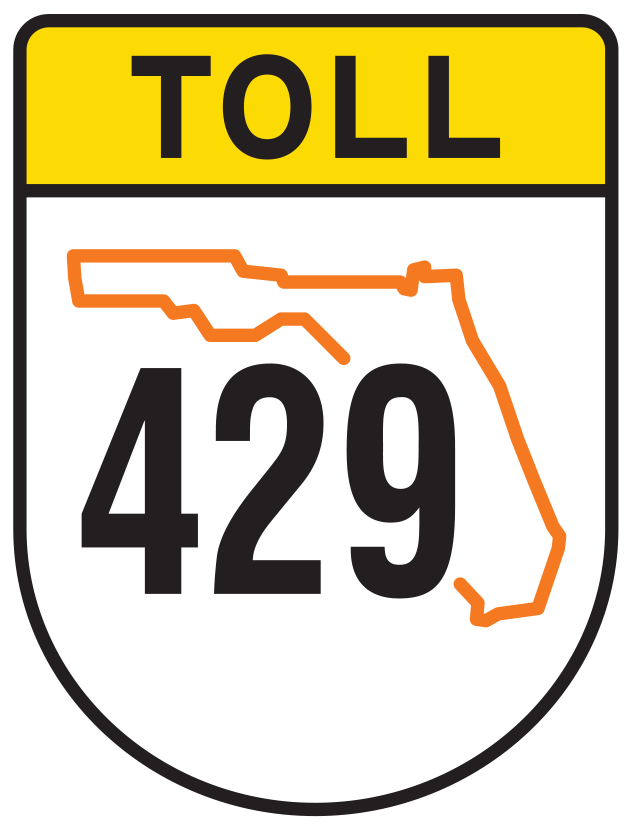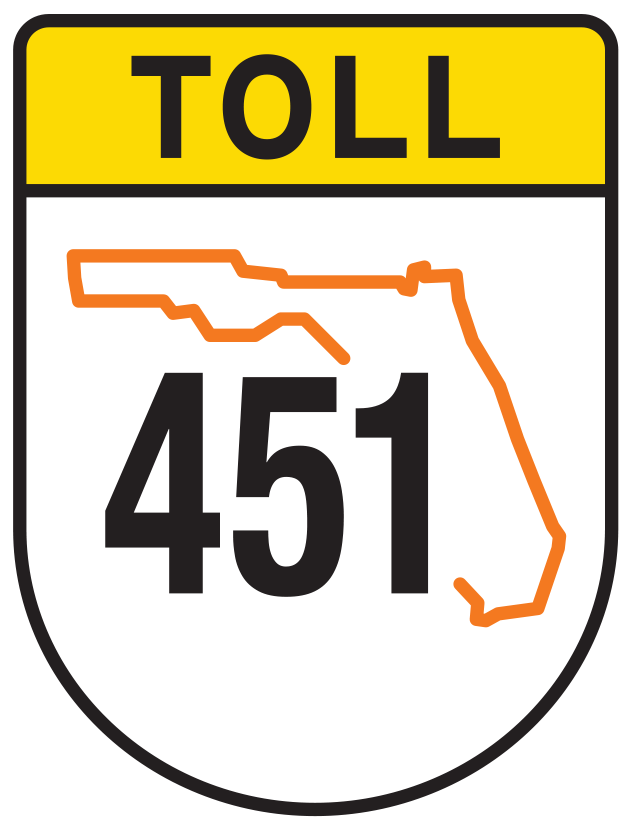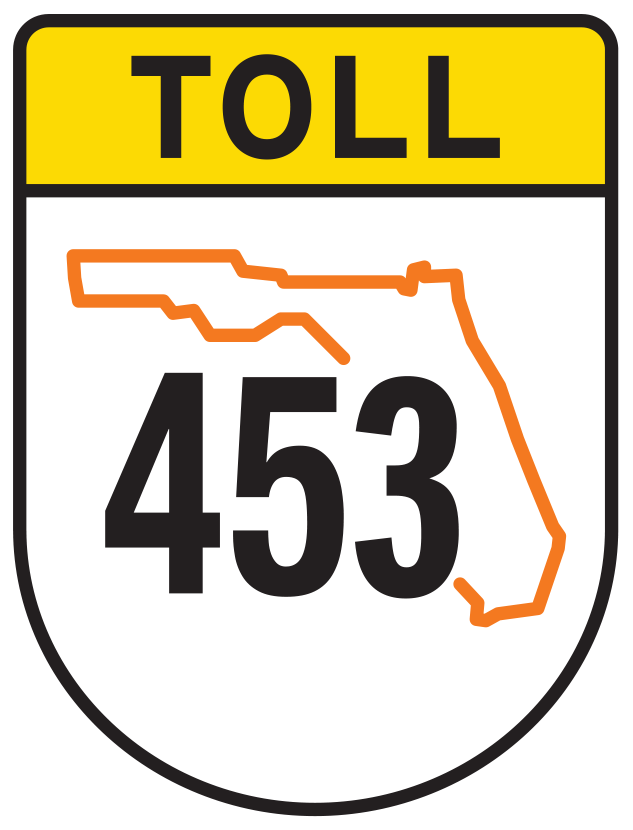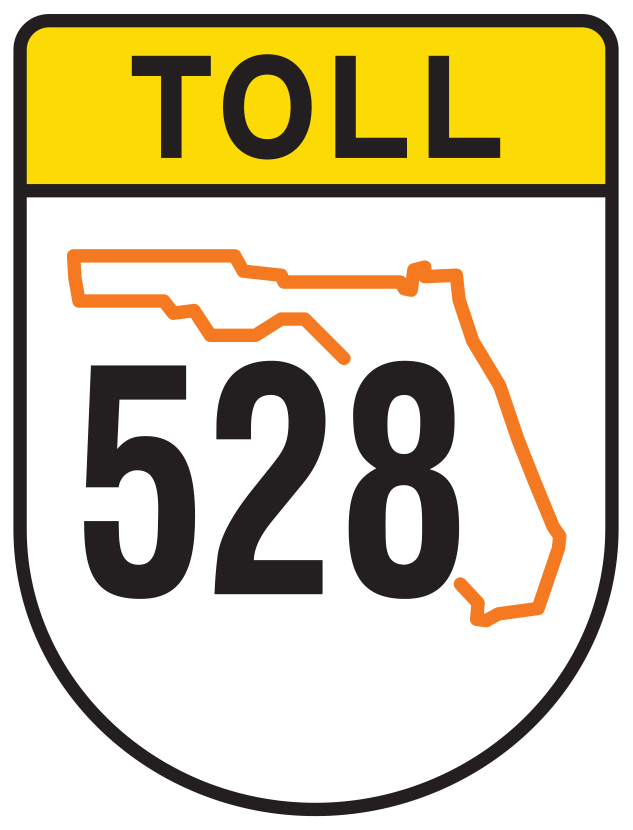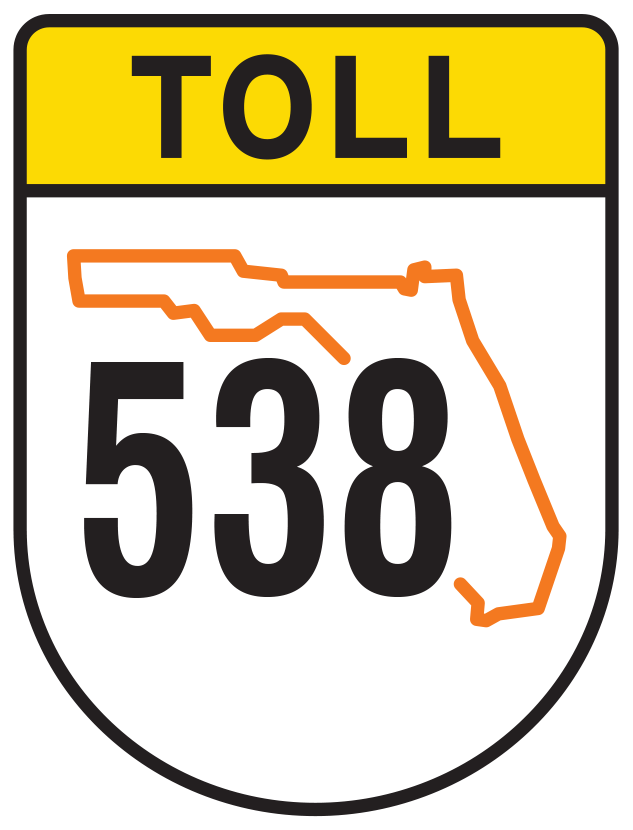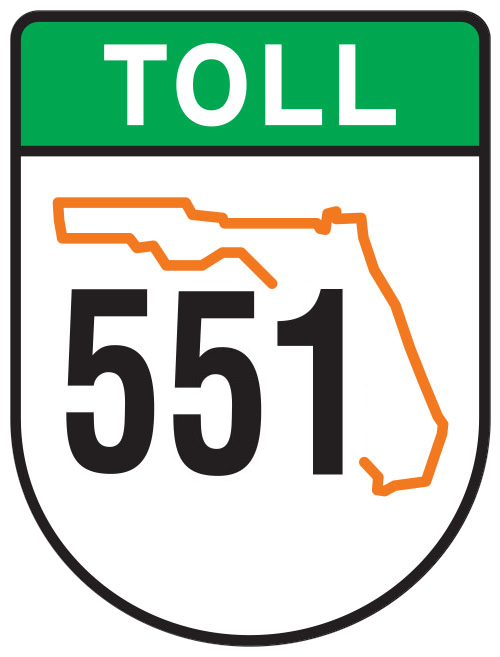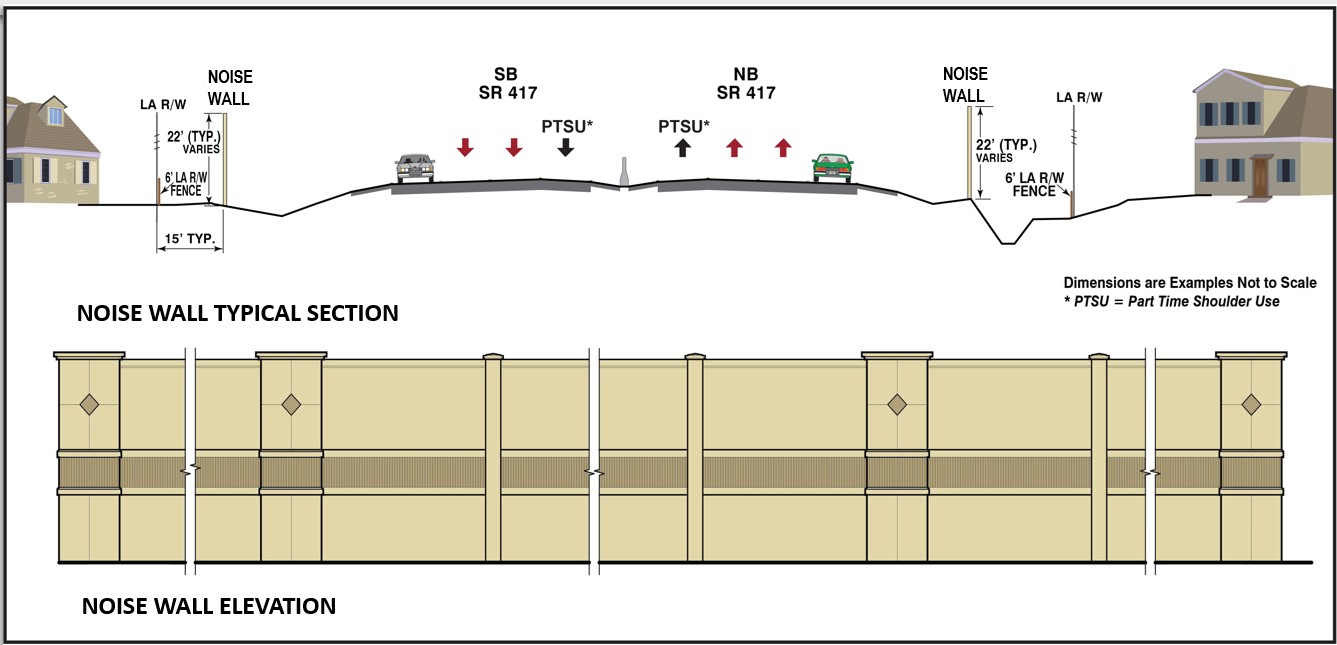Purpose and Planning of Expressway Noise Walls

A noise wall is a barrier built to absorb or reflect noise. CFX will construct a noise wall when expressway noise will create a sufficiently high impact on a neighboring residence or business. It is important to note that these barriers do not block all sound from the expressway.
Noise Reduction by Design
CFX works cooperatively with developers and local partners to plan, design, and construct roadways that minimize the adverse effects of noise from expressway traffic.
This noise-compatible, land-use planning process promotes the use of open space separating roads from developments and suggests special construction techniques to minimize the impact of noise where developments are closer to the expressway. One of the construction techniques that is considered is the installation of a noise wall made of concrete or other dense material to absorb sound.
Noise Wall Installation
The installation of a noise wall is not always necessary. There are other options such as ground elevation and placement of plants or dense foliage that can serve as a noise barrier in some areas.
Given the typical cost-to-performance ratio for noise barriers, it is important to match a noise wall’s performance to the specific noise source, to ensure we achieve the desired outcome in the most cost-effective manner. The level of traffic noise depends on the type and speed of vehicles using the roadway. Although we have become accustomed to many different types of repetitive noise, there are some sounds that require some sort of barrier because noise levels are high enough to have an adverse effect on people who live or work in close proximity to an expressway.
The amount of traffic noise depends on the types and speed of vehicles using the roadway. CFX conducts a traffic noise analysis as outlined in Title 23: Highways – Part 772 of the Federal Regulations to determine if noise levels are high enough to require the installation of noise abatement measures.
Supplemental & Reference Materials for Communities
Supplemental & Reference Materials for Developers
For questions or more information, contact CFX at projectstudies@CFXway.com.
Traffic Noise Analysis Process
There is no need to request a noise wall. Traffic noise impact evaluations are performed during the planning period of construction projects to determine traffic noise levels and impacts.
The analysis includes:
- Noise caused by traffic on the highway
- Images of the surrounding area
- The impact noise may have on people in the area
- Cost (of noise walls and/or barriers)
- Whether or not a noise wall will be effective in reducing noise
Key Steps in the Analysis Process
 Step 1: Identification of noise sensitive areas
Step 1: Identification of noise sensitive areas
Noise sensitive areas are defined as any property that would benefit from lower noise levels based on the property’s use. Typical noise sensitive areas include residences, schools, churches, and recreational areas.
Step 2: Determination of traffic noise impacts
Construction of a noise wall is considered when the noise study indicates that identified areas will experience noise levels that exceed 66 decibels (dBA) or experience an increase of 15 dBA over existing noise levels. (Future traffic noise levels are also considered and compared to the state and federal criteria.)
For example: A swimming pool pump may emanate a noise between 65 and 80 dBA. This noise level could adversely affect people living in close proximity of the pool.
Step 3: Consideration of noise reduction measures for areas meeting the criteria
The noise impact study addresses the feasibility and reasonableness of a noise wall.
To be considered reasonable, a noise wall must result in a minimum noise reduction of 5 dBA.
Feasibility is evaluated using criteria such as cost, desire of the community and public officials, land use, predicted noise level increases, aesthetics, etc.
Step 4: Installation of a sound wall
Current projects are considered for a noise wall if the noise impact study determines that installation is both feasible and reasonable.
If your area does not meet the criteria for a noise wall, but you would prefer to reduce noise on your property, these are some options you may consider:
Good: Hedges, shrubs, trees, and plants can both absorb and deflect incoming noise.
Better: Using plants with dense foliage and placing plants closer together will provide additional noise reduction.
Best: Combining vegetation with a tall fence is also a highly effective way to reduce noise.
Benefits of Noise Walls
Noise walls can reduce stress on the community and surrounding environment that is caused by noise along high-speed roads by serving as a buffer between the road and communities or residential areas.
Other things, such as ground elevation can also have a positive impact, working as a noise barrier, so a sound wall is not always necessary.
Placement of Noise Walls
CFX installs sound walls between the highway and communities or residential areas during project construction in locations that meet the criteria outlined above.
Frequently Asked Questions
What is traffic noise?
Traffic noise is the sounds created by vehicles using the roadway. The level of noise depends on the type and speed of vehicles using the roadway. Although we have become accustomed to many different types of repetitive noise, there are instances where traffic noise levels are high enough to affect the quality of life of communities in close proximity of the expressway.
When is an area analyzed for possible noise reduction?
The noise analysis takes place during the construction phase of each project.
How are traffic noise levels determined?
CFX uses the state and federally approved noise analysis process to determine noise levels. The use of Federal Highway Administrations Traffic Noise Model allows acoustical specialists to identify current noise levels and predict future noise levels to determine if a sound wall is necessary.
Do you go back and evaluate an area for noise reduction after construction is complete?
There is no need to re-evaluate an area after the construction is complete. The initial noise analysis takes future traffic noise into consideration.
What do you mean by “feasible and reasonable criteria”?
“Feasible” in this case refers to whether-or-not a noise wall is practicable (possible) due to cost or other underlying circumstances.
“Reasonable” in this case refers to whether a noise wall can provide the desired level of noise reduction. For example: In areas where homes are closer together noise walls may be more effective than in areas where homes are farther apart.
What exactly is a noise wall?
A noise wall is a barrier that may be made of concrete or other dense materials that absorb or reflect noise.
How much noise reduction does a noise wall generally provide?
Noise walls can reduce noise levels by as much as 50% for people living very close to the expressway. The farther you live from the expressway, the less the impact a noise wall may have on noise.
Will a noise wall affect the look or value of my community?
No, noise walls can be designed to preserve the aesthetics of the community.


